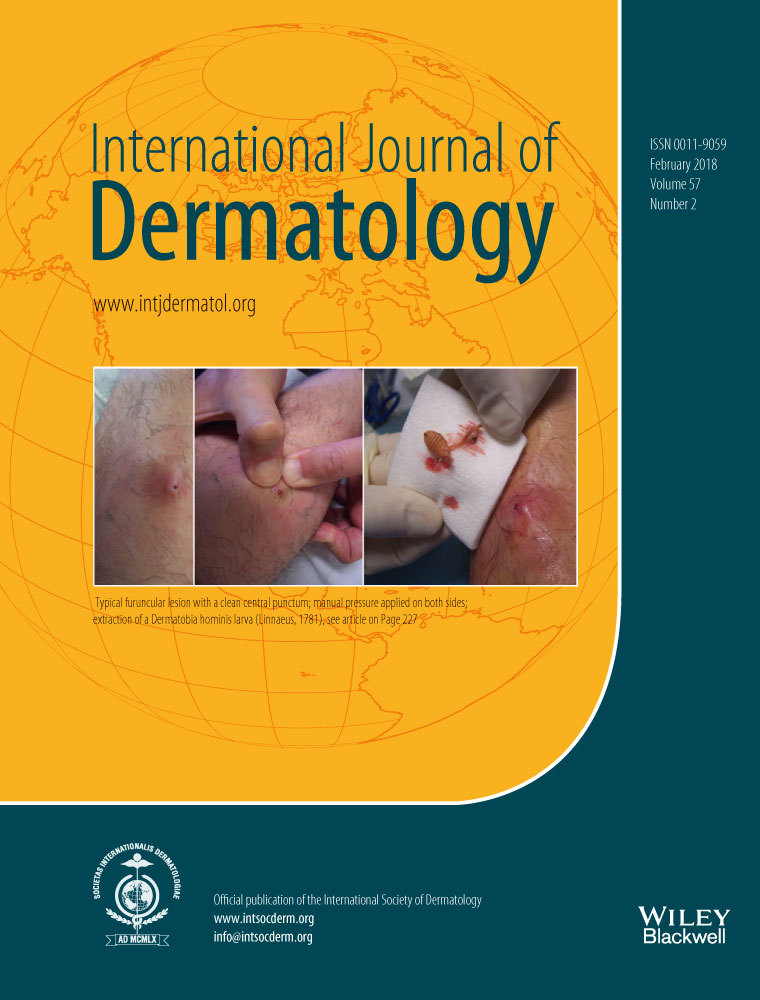Bullous pemphigoid complicated by cytomegalovirus disease as a manifestation of immune reconstitution inflammatory syndrome: retrospective analyses of our institutional cases and literature review
Abstract
Background
Cytomegalovirus (CMV) disease induced by reactivation of latent CMV is a fatal viral infection that may develop in a setting of therapy with immunosuppressive agents. There is a clear need to clarify any clinical features and markers of CMV disease.
Objective
We investigated which clinical markers usually available in a clinical setting can predict CMV disease occurring in bullous pemphigoid (BP) patients receiving corticosteroids.
Method
We described a BP patient with CMV disease complicated by gastrointestinal hemorrhage and liver dysfunction. Prompted by this patient, we retrospectively analyzed clinical features and laboratory findings in our institutional four BP patients and previously reported nine BP patients with CMV disease. We also compared these patients with our institutional 42 BP patients not complicated by CMV disease.
Results
High levels of anti-BP180 antibody titers associated with resistance to corticosteroids are a risk factor for the development of CMV disease. A reduction in platelet (PLT) and white blood cell (WBC) counts and an increase in alanine aminotransferase (ALT) levels 3–4 weeks after the initiation of corticosteroids are useful predictive markers for the onset of CMV disease.
Conclusions
Frequent WBC, PLT, and ALT measurements may identify BP patients at a risk of subsequently developing CMV disease. Careful monitoring of CMV disease in BP refractory to systemic corticosteroids may reduce the risk of fatal outcomes.




